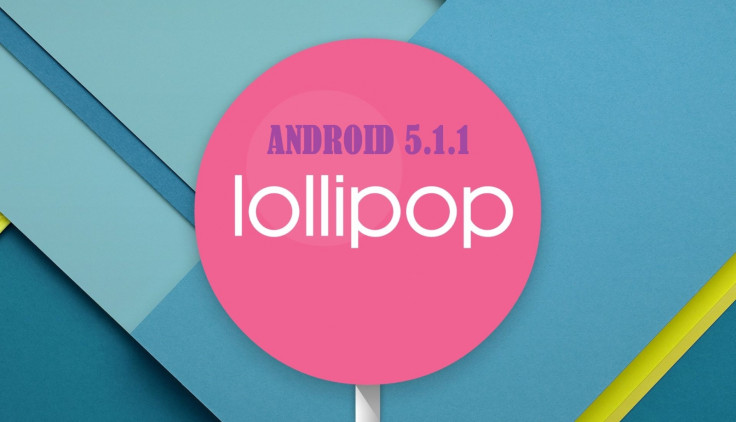Nexus 7 2013 (Wi-Fi) receives Android 5.1.1 LMY48G factory image: How to install

Google has just rolled out the latest Lollipop factory image for Nexus 7 2013 (Wi-Fi model) with Android 5.1.1 build LMY48G as part of its maintenance release.
The release is expected to patch up all bugs encountered in the previous builds, although no exact change log is available.
According to Android Police, the new Lollipop build is exclusively meant for the Nexus 7 2013 (Wi-Fi) just to refresh some proprietary drivers, while other Nexus devices are also expected to get a similar update soon.
In addition, it is reported that the new update brings no change in the bootloader from the last release. However, interested users can go ahead and install the new Android 5.1.1 LMY48G factory image on their 7in Nexus phablet, using the step-by-step guide provided below.
Note: All Nexus devices running Android 5.1 Lollipop (stock and custom ROM) can be upgraded to the latest build of Lollipop (LMY48G) via the official factory image.
IBTimes UK reminds readers that it will not be liable for any damage to device during or after firmware installation. Users are advised to proceed at their own risk.
Pre-requisites
- The instructions given in this guide are meant for the Nexus 7 2013 (Wi-Fi) model only. Verify device model number by navigating to Settings > About Phone as installing this firmware on incorrect variants might brick the device.
- Ensure the phone has at least 80% battery charge to prevent unexpected device shutdown (due to battery drain) while installing the ROM.
- Back up data and settings using a recommended custom recovery tool, like ClockworkMod (CWM) or TWRP, as it creates a complete image of the existing phone setup. In Recovery, choose Backup and Restore and tap Backup.
- Verify if correct USB drivers for the phone are installed on the computer (download Nexus 7 USB drivers).
- Enable USB Debugging mode via Settings > Developer Options Note: If Developer Options is not visible then you need to enable it as follows:
- Go to Settings > About Phone.
- Scroll down to the bottom and select Build Number.
- Then tap build number seven times to unlock the Developer Options under Settings and then enable USB Debugging mode.
- Ensure that the device is rooted with CWM or TWRP recovery installed and its bootloader is unlocked.
Downloads Required
Android 5.1.1 LMY48G factory image for Nexus 7 2013 (Wi-Fi)
Steps to install Android 5.1.1 official factory image on Nexus 7
2013 Wi-Fi
Step-1: Extract the downloaded factory image file with the .tgz extension. If the file is in .tar format, rename it to .tgz and extract it afterwards
Step-2: Open the extracted factory image folder and find a zip file there. Unzip and extract it
Step-3: Copy the extracted files to the fastboot folder
Step-4: Boot the Nexus 7 to fastboot mode by holding Power and Volume Down buttons together for a few seconds while powering the device on
Step-5: Connect the Nexus device to your PC using USB cable
Step-6: Go to the fastboot folder where you have copied the content of the factory image file. Hold Shift + Right click on an empty space within that folder. From the right-click menu, click on Open Command Window Here
Step-7: Execute the following commands in the command prompt window
- fastboot flash bootloader bootloader-filename.img
- fastboot reboot-bootloader
- fastboot flash radio radio-filename.img
- fastboot reboot-bootloader
- fastboot flash system system.img
- fastboot reboot-bootloader
- fastboot flash userdata userdata.img
- fastboot flash recovery recovery.img
- fastboot flash boot boot.img
- fastboot erase cache
- fastboot flash cache cache.img
Now the official Android 5.1.1 factory image should be running on your Nexus 7 2013 (Wi-Fi).
[Source: Google Developers]
© Copyright IBTimes 2025. All rights reserved.






















